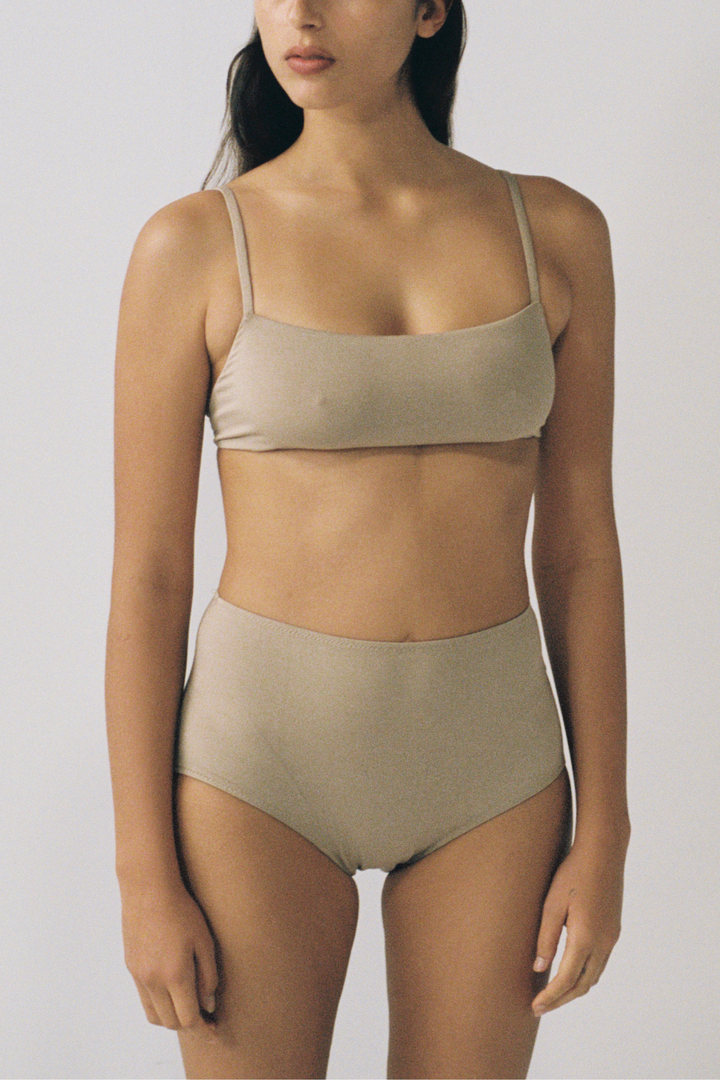Period Without Plastic Part 4: Plastic-free disposable menstrual products
Over the last few blog posts we've covered the reusables; the cups, the pads and the pants. But invariably these waste-free alternatives won't suit all menstruators all of the time, so this post is dedicated to plastic-free but disposable menstrual products.
Over the last few blog posts we've covered the reusables; the cups, the pads and the pants. But invariably these waste-free alternatives won't suit all menstruators all of the time, so this post is dedicated to plastic-free but disposable menstrual products.
All that plastic down the drain
The Marine Conservation Society found that around half of UK women flush tampons away. Single use menstrual pads contain up to 90% plastic and tampon applicators are often plastic as well. All of this being thrown down the toilet leads to modern day horrors - such as the Whitechapel 'fatberg'. A monster 250 metres of 'congealed mass of fat and discarded items'. Now tampons and pads are designed to be super absorbent which works in your favour while you're on your period but in sewers they expand in size and get caught up in the fats, oil and grease in the pipes. Ew.
Apart from being really disgusting, fatbergs can block sewers and overflow - the overflow means waste can end up in our rivers and seas. In fact a UK report found, 7% of the plastic waste on beaches had been flushed down the loo. Check out this short video from City to Sea's plastic free periods campaign:
And then there's health reasons too
You've probably heard of things like Toxic Shock Syndrome, chlorine bleaching, synthetics, rayon. We need to question just exactly what we're putting in our vaginas people! For a really detailed account check out The Atlantic's history of the tampon. For something a little more lighthearted how about a spin on a 90s tune, Detox the Box:
We can do better; planet-friendly alternatives
As with mainstream menstrual products the organic equivalent fall into the same two choices: tampons vs pads.
There is now a range of brands catering to this market, TOM Organic, Natracare, TOTM, OHNE, TOP and Organic Tampons. Some are available in your local stores while many of the smaller brands offer monthly subscriptions delivered straight to your door so no need to get stuck. OHNE for example, let you pick a variety of absorbencies and quantity to suit your cycle. Look out for discounts and free-postage. Brands such as TOTM and OHNE also tackle period poverty with profits from sales as well, which might sway your purchase. There are plenty of other brands that focus on organic tampons or pads but also sell plastic applicators and as we're talking about the environmental impact of our periods we won't be talking about those brands.
On the whole these brands are free of chemicals, rayon and synthetics and are not made from wood pulp. They are fragrance free, hypoallergenic and they are not bleached with chlorine. These products are made from organic cotton which means they are biodegradable. The names mentioned above use biodegradable cardboard applicators and some are also conscientious about the rest of their packaging using corn-biofilm wrapping.
-
Applicator tampons range from £0.27 - £0.31 | $0.34 - $0.39 USD | $0.47 - $0.54 AUD each (in packs of 10 - £2.70 - £3.10) | $3.40 - $3.90 USD | $4.70 - $5.40 AUD)
-
Non-applicator tampons range from £0.20 - £0.36|$0.25 - $0.45 USD $0.34 - $0/62 AUD each in packs of 14 (£2.95 | $3.76 USD | $5.14 AUD) - packs of 16 (£5.80 |$7.39 USD | $10.11 AUD)
-
And pads from £0.10|$0.17 AUD| $0.12 USD each in packs of 9 (£3.30 | $5.75 AUD |$4.20 USD )















